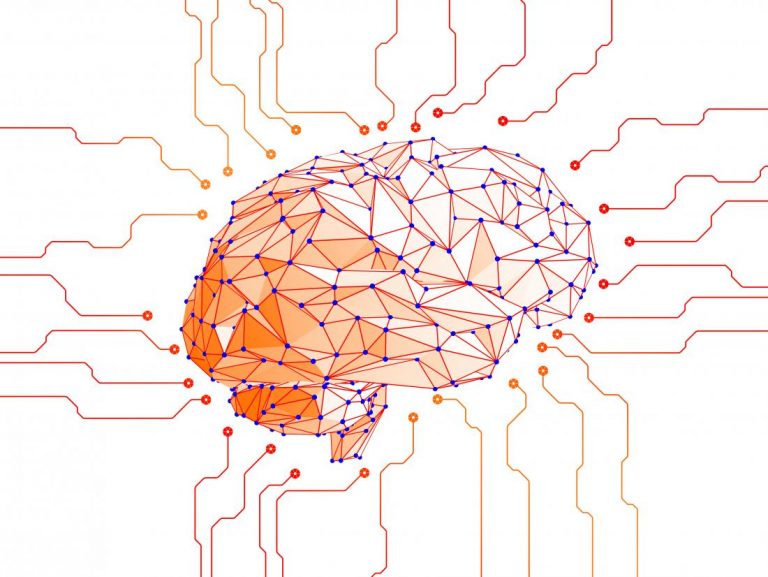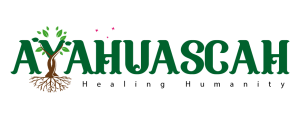Contents
The Holy Medicine of the Divine Mother Ayahuasca is a gift to humankind which has been used by the indigenous people of Amazonia for centuries – also known as “the Mother of all Medicine”. Traditionally indigenous people of the Amazon basin have been taking help from the Holy Medicine for diverse reasons – from physical misalignment, to growing spiritually, divination, and much more. According to their perspective, at every level of every aspect of a human being, the Holy Medicine helps to bring harmony.
The Focus of Research
Researchers have been studying the Holy Medicine for decades, although the alchemy of the Holy Medicine is beyond fully understandable as there are so many variables besides the common ingredients of the Holy Medicine – like the ritualistic preparation, intention, expertise of the Shaman, which all are ingredients of the Holy Medicine. However, researchers have been putting more focus on beneficial aspects of some of the components of the Holy Medicine, like the DMT.
The main ingredient of the Holy Medicine is the Holy Banisteriopsis Caapi Vine, also referred to as the Holy “Aya Waska” Vine. There are many hundreds of admixtures which are often added with the Holy Medicine apart from the main ingredient. Each admixture has their own healing properties, which can significantly change the experiences of those who consume the Holy Medicine. One of the admixtures often added with the Holy Medicine is the Psychotria Viridis, locally known in the Amazons as Chacruna, is famous for the presence of N,N-Dimethyltryptamine (DMT), which is one of the strongest Psychedelic components in the world, which occur naturally in the Plant and animal kingdom.
The Research
A recent study, with the title “Have you tried Ayahuasca Tea?”, led by researchers from the Complutense University of Madrid, showed that the Holy Medicine contributed to the formation of new neurons. The research group, together with all the results of a four-year “in vitro” and “in vivo” experimentation done with mice, showed a greater cognitive capacity when treated with DMT. According to the research, DMT is one of the components of the Holy Medicine which promotes neurogenesis – the formation of new neurons. In addition to neurons, the Holy Medicine, induces the formation of neural cells such as oligodendrocytes and astrocytes. Jose Angel Morales a researcher in the department of cellular Biology of the Complutense University of Madrid explained that this capacity to modulate the brain plasticity indicates that the Holy Medicine has great therapeutic potential for an extensive range of neurological and psychiatric disorders.
The DMT available in the Holy Medicine binds to a type-2A serotonergic brain receptor, which enhances the Psychedelic effect of the Holy Medicine. In this research, the receptor was changed to a sigma type receptor which does not have this result, thus greatly facilitating future administration to patients who needed it. In neurodegenerative diseases, it is the decrease of certain types of neurons which causes the symptoms of pathologies such as Alzheimer’s and Parkinson’s. Although humans can generate new neuronal cells, which depends on several factors, it may not always possible.
According to Morale “the challenge is to activate our dormant capacity to form neurons and thus replace the neurons that die as a result of the disease. This study shows that DMT can activate neural stem cells and form new neurons“. Taking help of the Holy Medicine with ‘right’ intention enables to ‘regrow’ these neurons and overcome diseases.
Conclusion
The ongoing research on the Holy Medicine is opening the doorway to helping humanity in a wide manner, to achieve ‘Healing’ and develop ‘spirituality’. The findings from these researches are showing the way how beneficial they can be for humanity, from healing diseases like Alzheimer and much more in the future.
References
- Morales-Garcia1, J. A., Calleja-Conde, J., Lopez-Moreno, J. A., et al. (2020). N,N-dimethyltryptamine compound found in the hallucinogenic tea ayahuasca, regulates adult neurogenesis in vitro and in vivo. Translational Psychiatry, [online], Volume, 10, p. 331. Available at: https://doi.org/10.1038/s41398-020-01011-0 [Accessed 15th June 2021].


